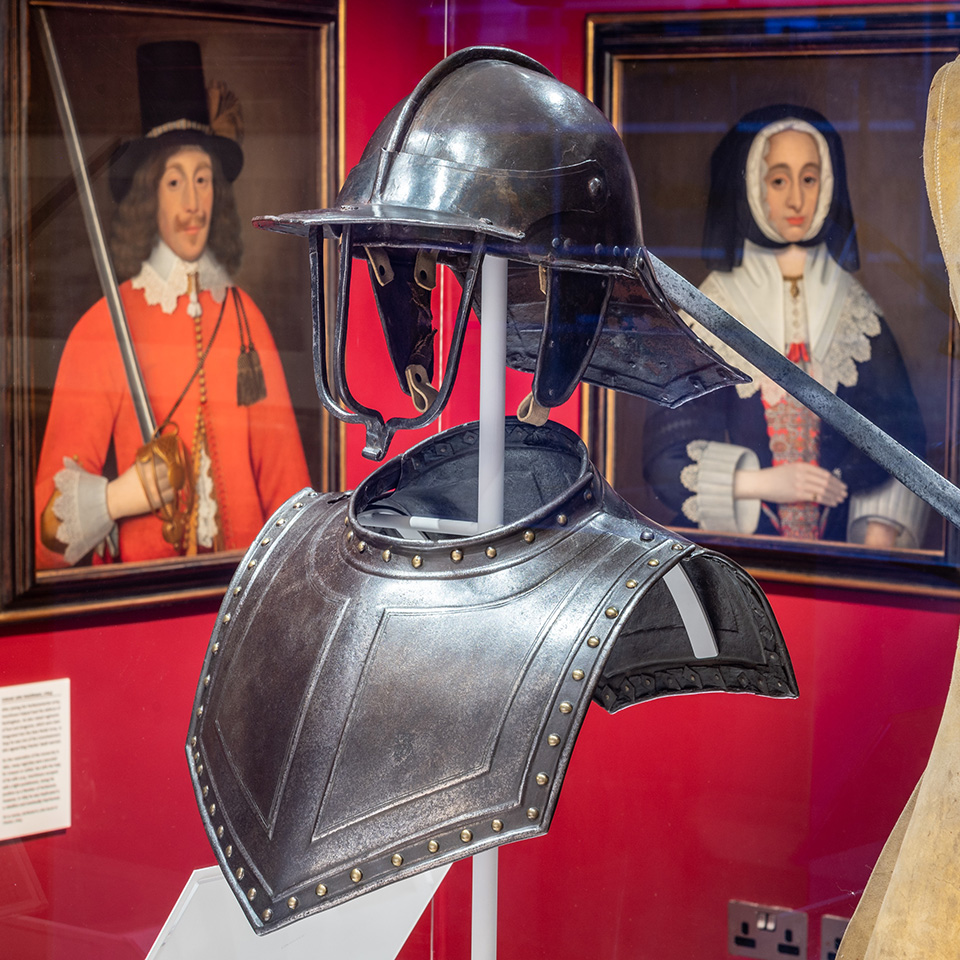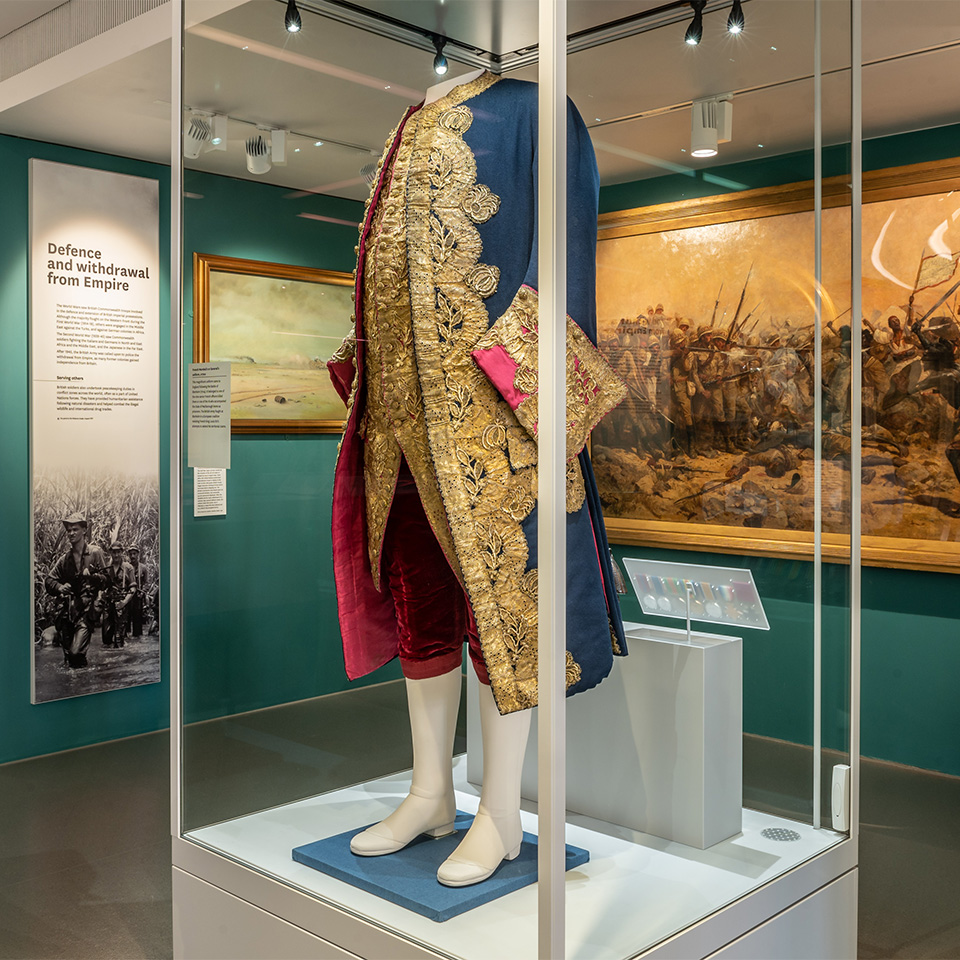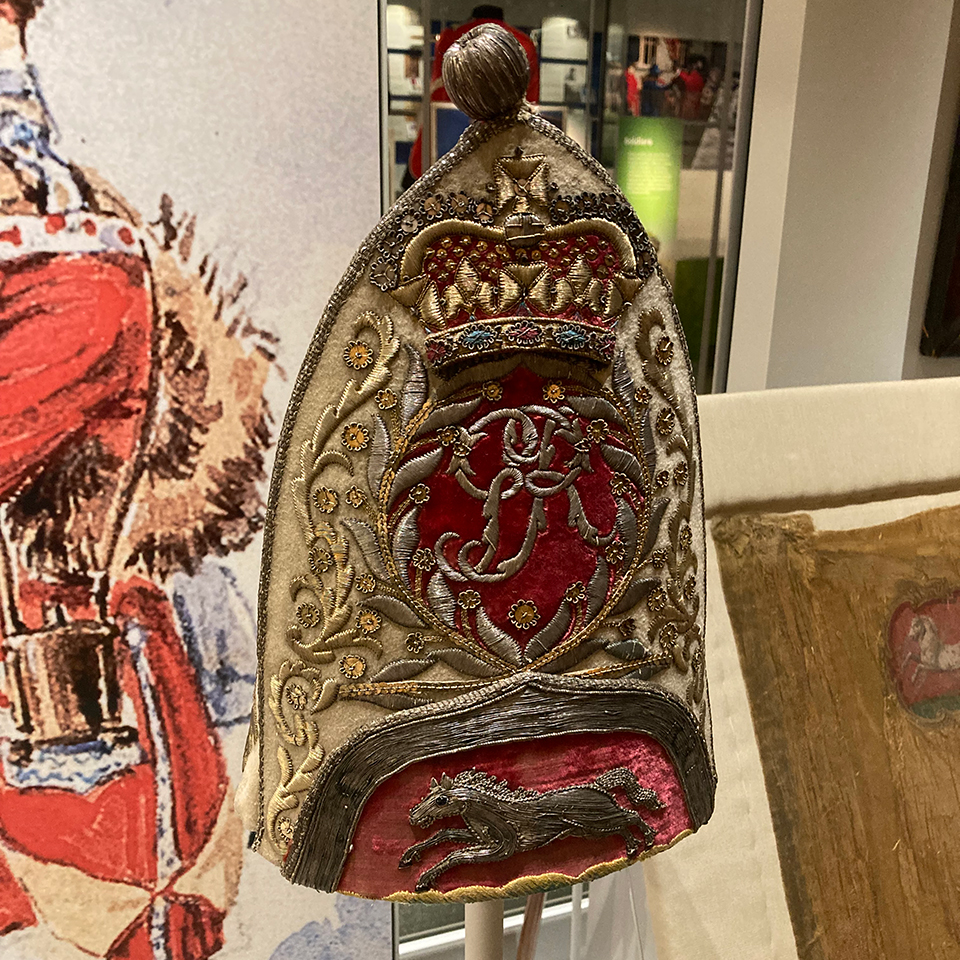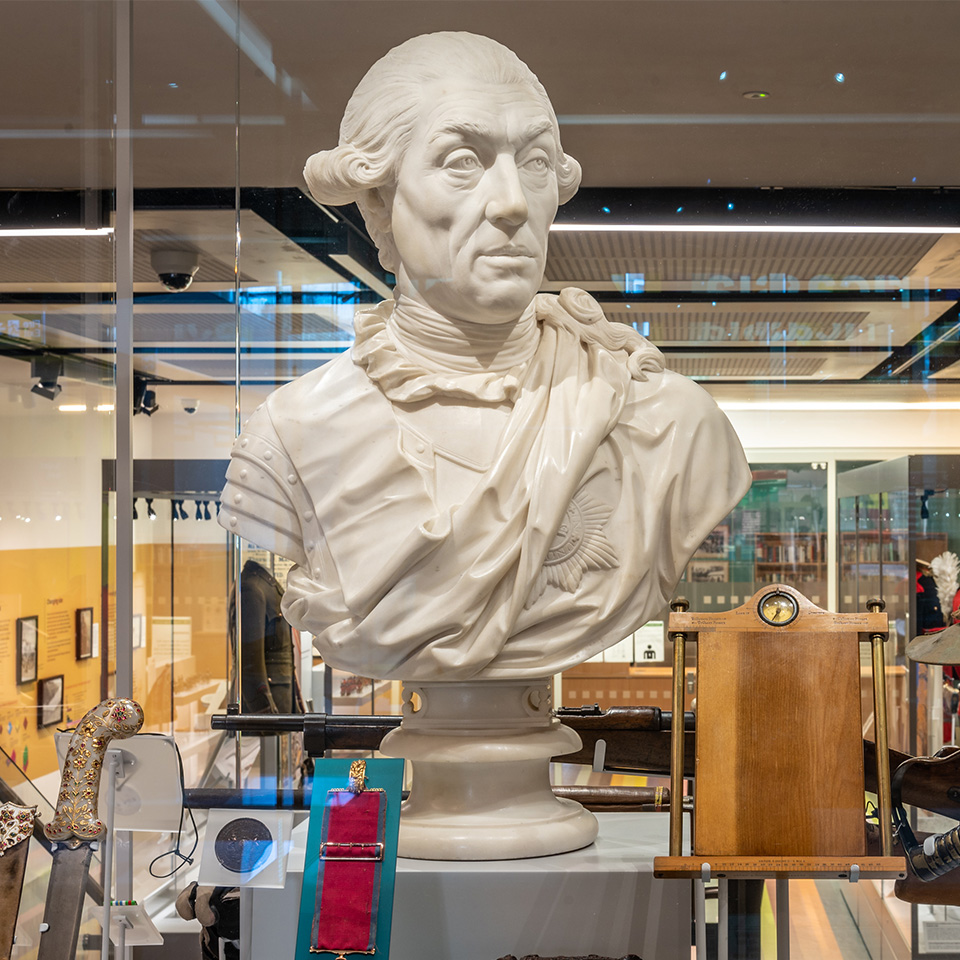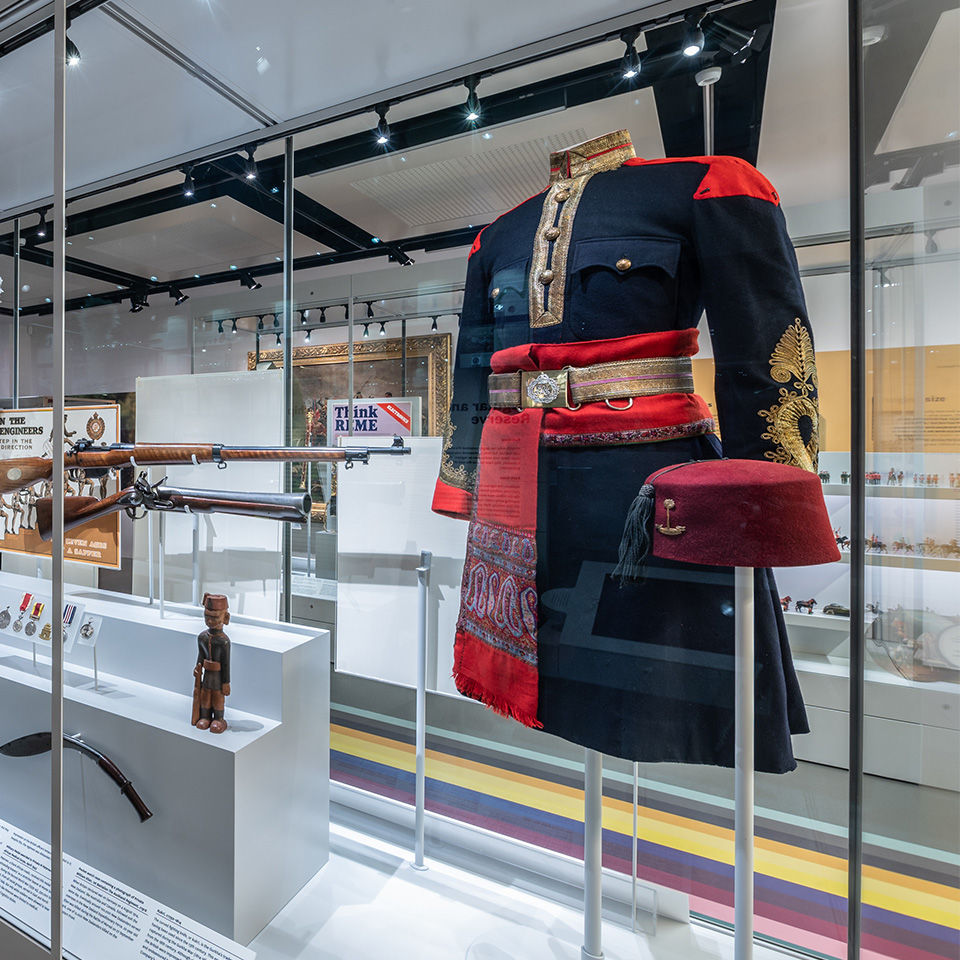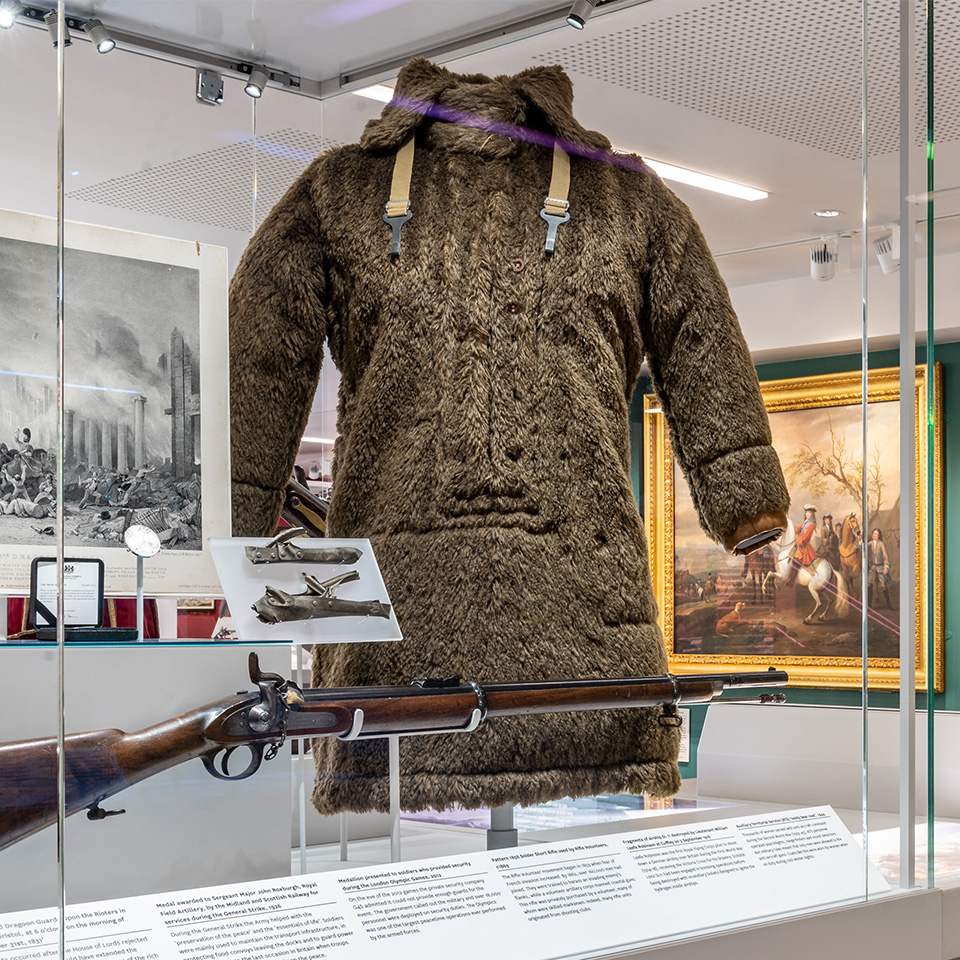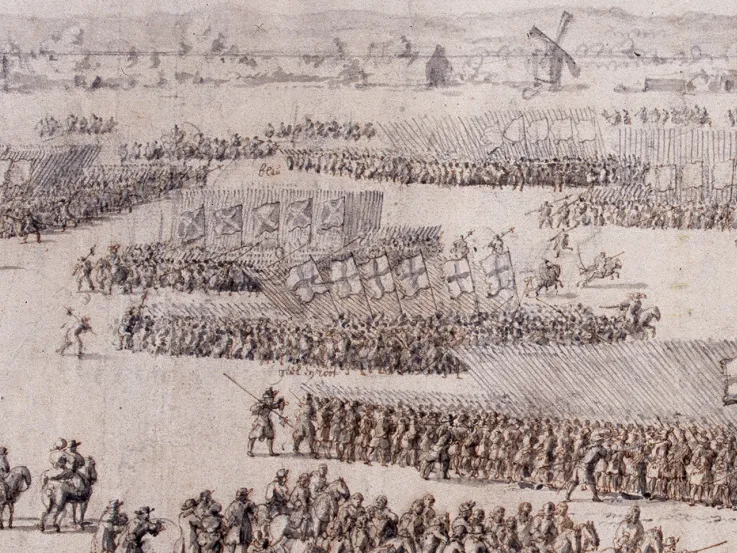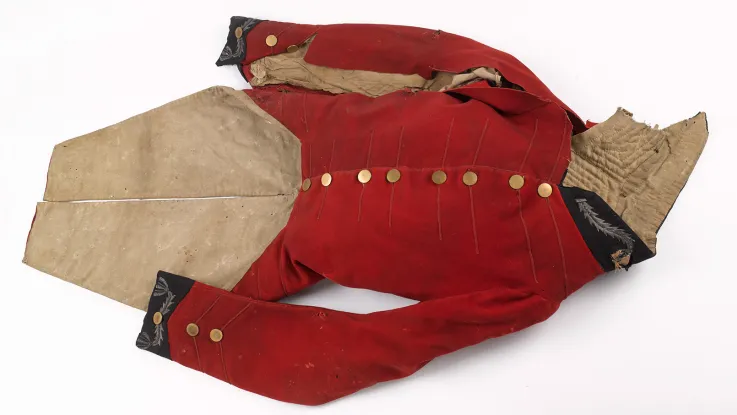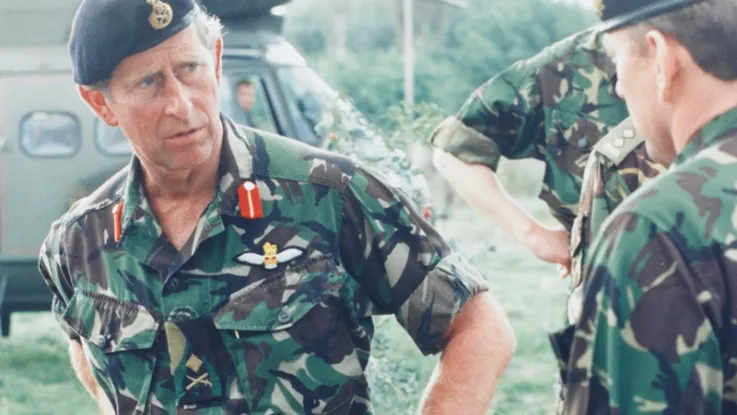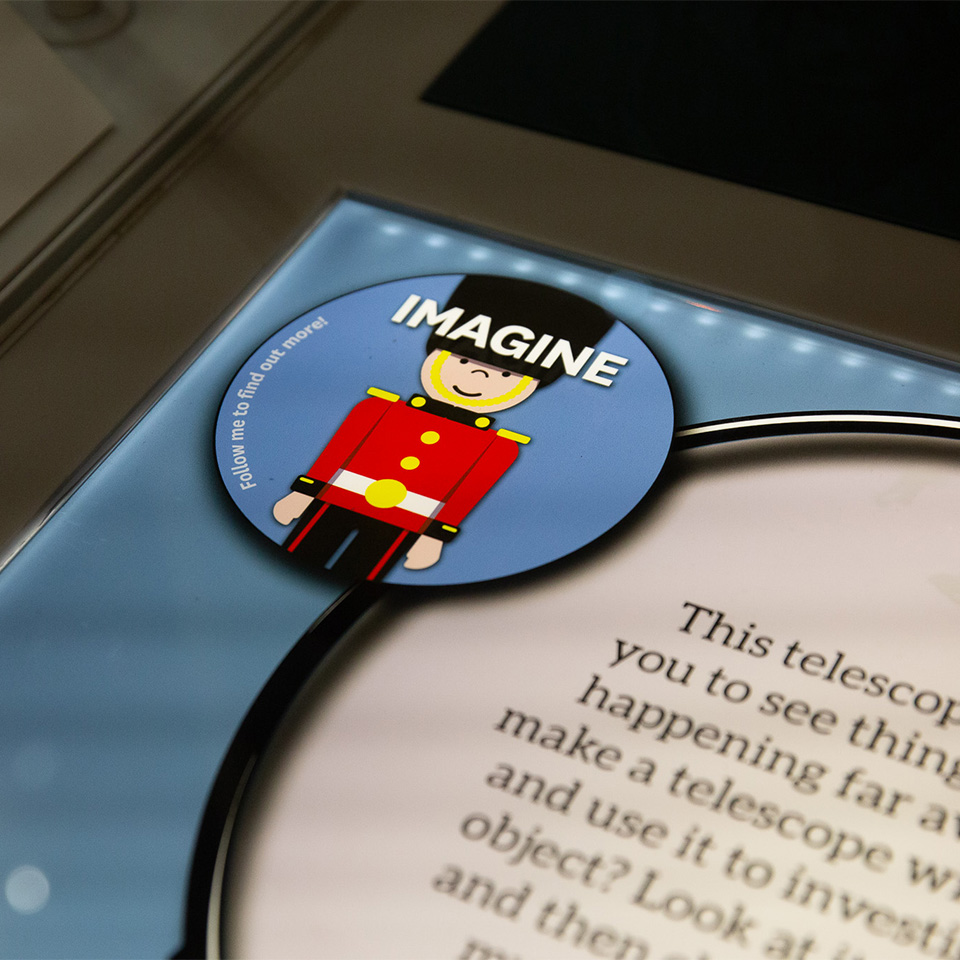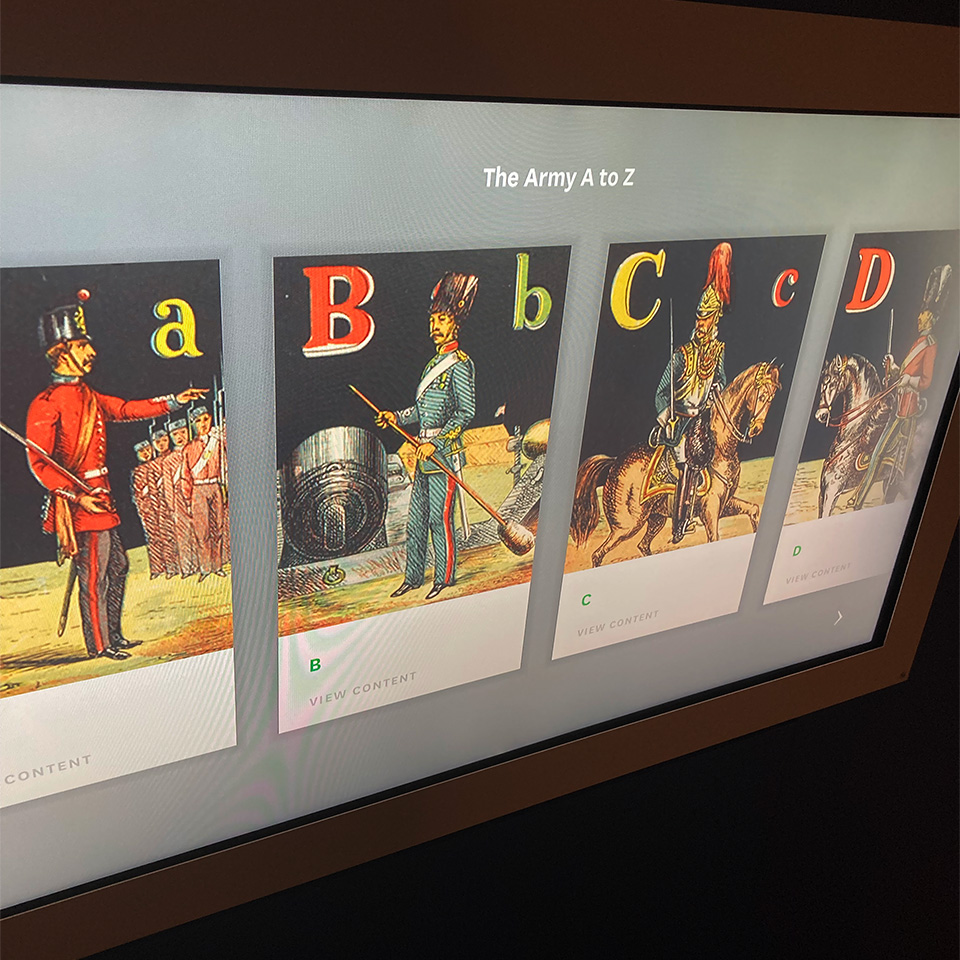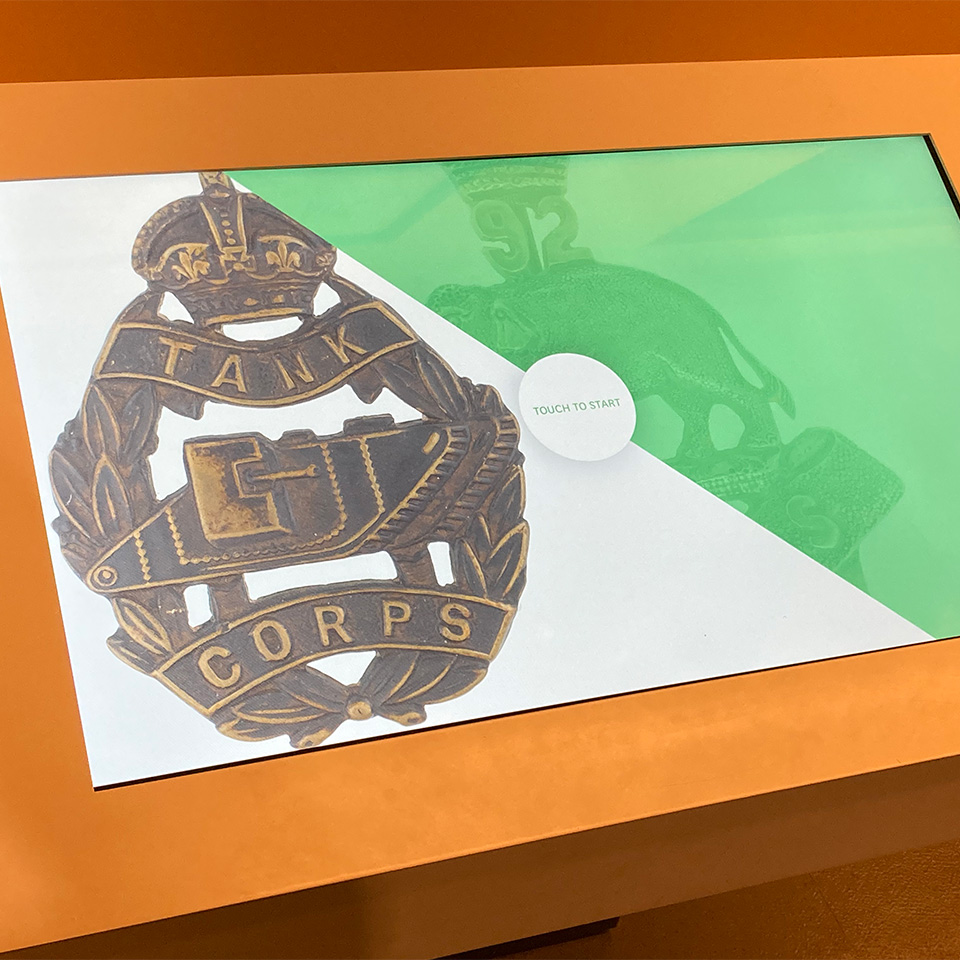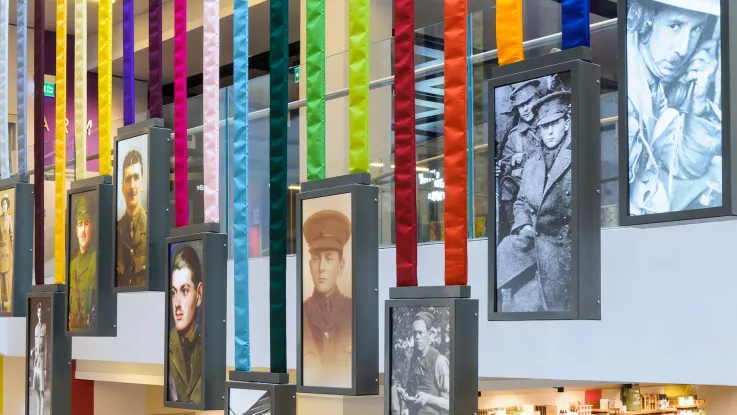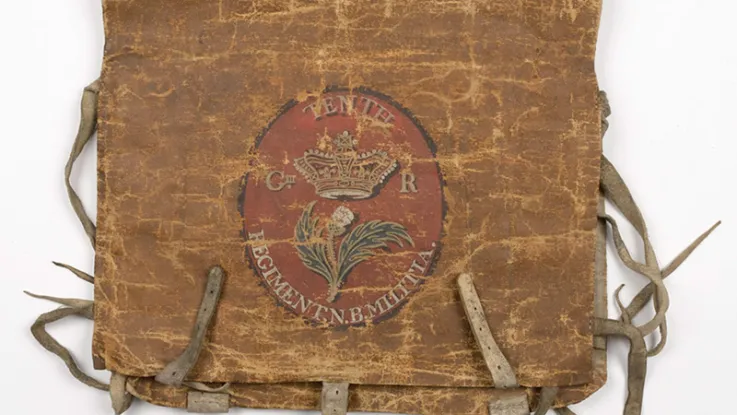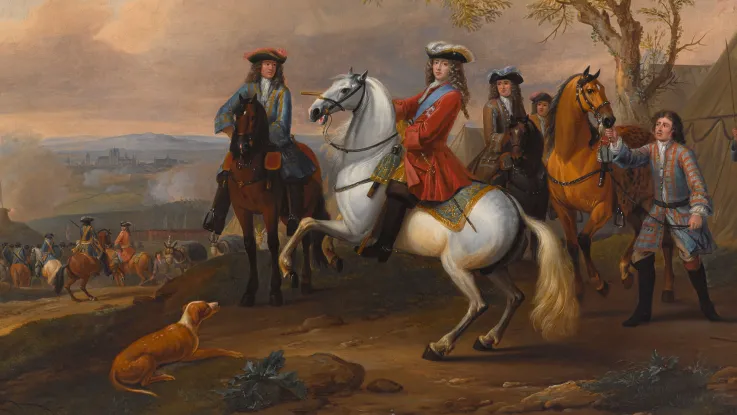Formation gallery
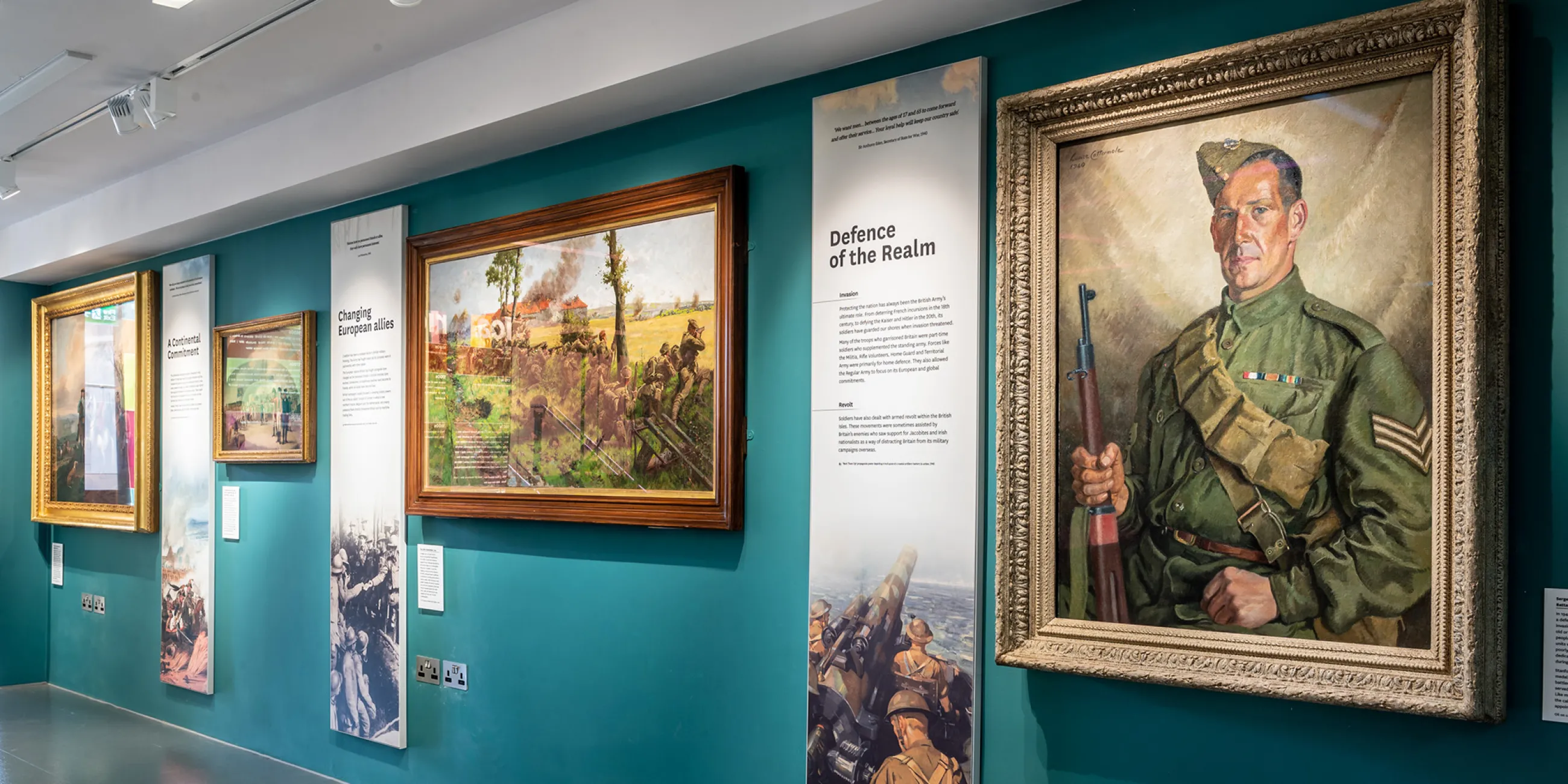
Origins and organisation of the Army
About the gallery
The Formation gallery brings to life the origins and traditions of Britain’s army.
Starting amid the political turmoil of the 1600s, it goes on to outline the Army’s evolving role on the home, European and world stage.
The gallery also explores soldiers' motivations, highlighting their commitment to upholding the values and traditions of this extraordinary organisation.
‘The soldier’s pride and loyalty are not first to the Army as a whole, but to his own corps or regiment... They hold him when more distant, wider loyalties could not.’Field Marshal Sir William Slim — 1952

